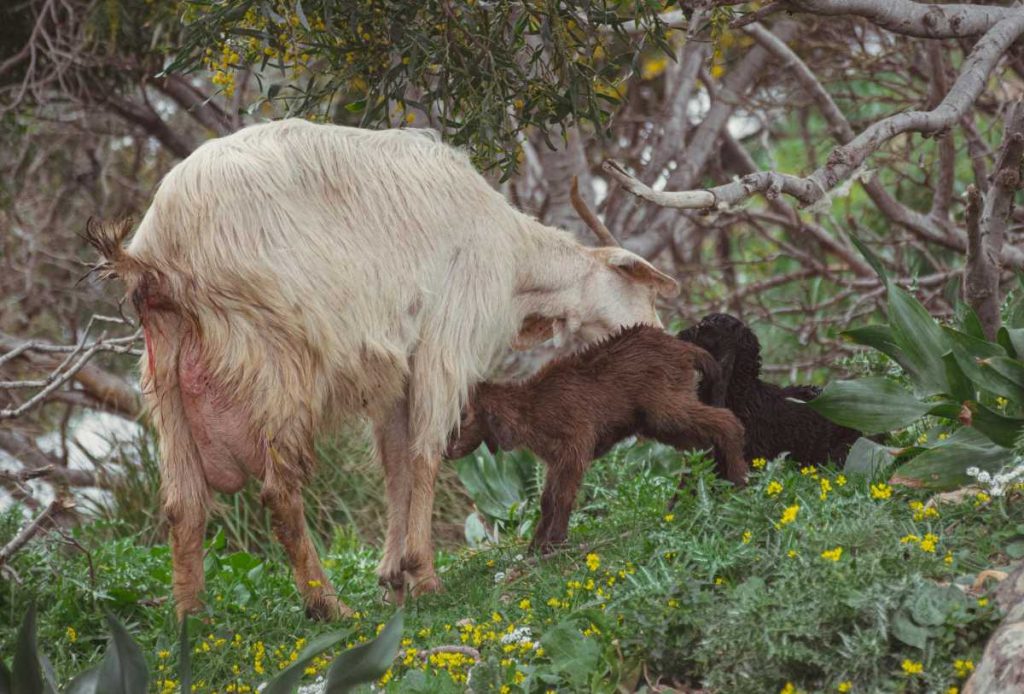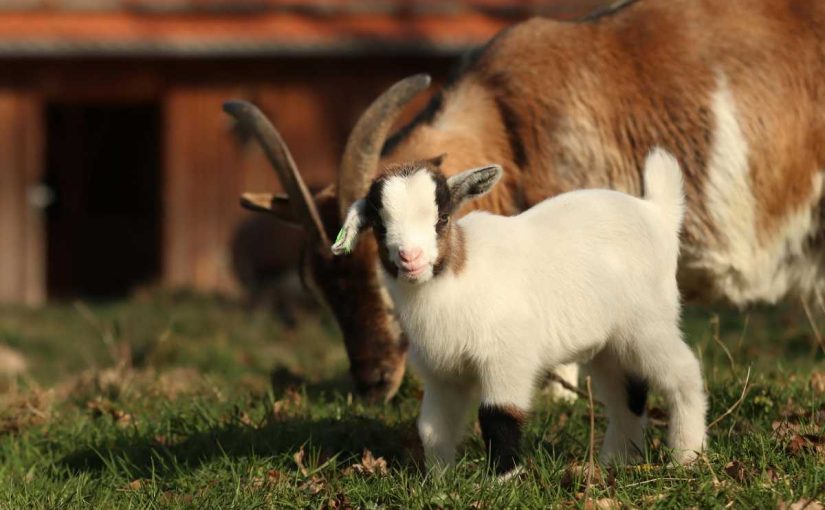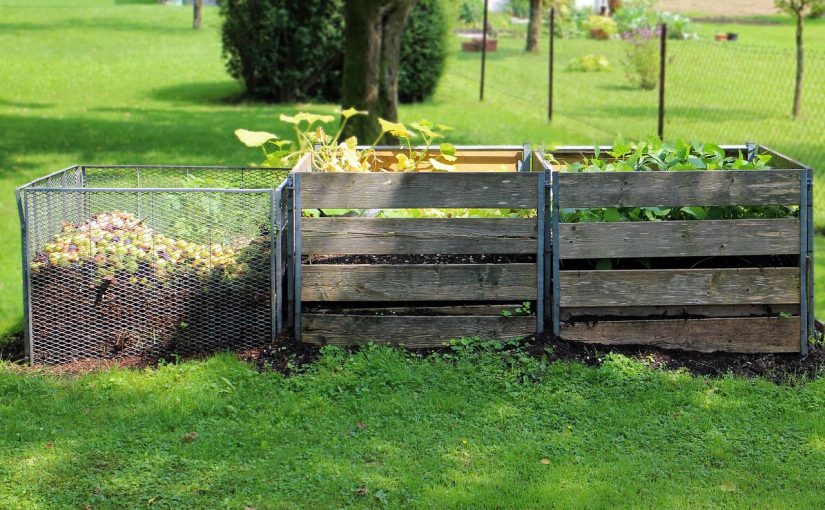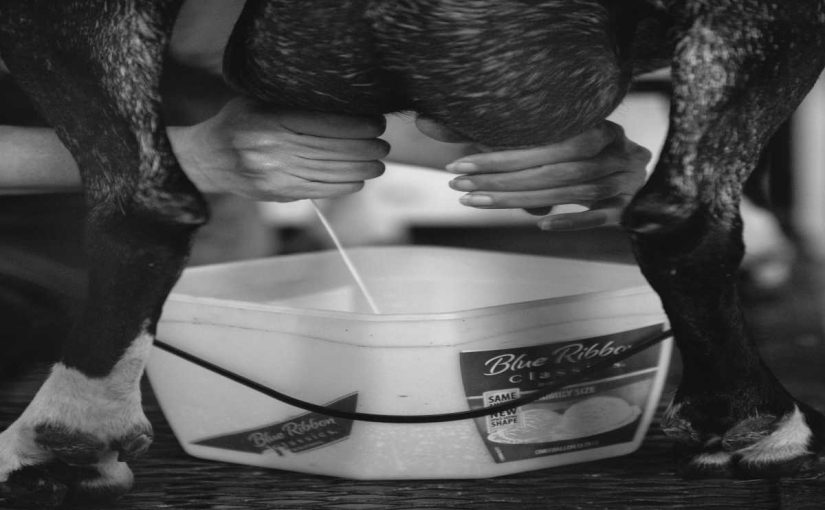Helping a goat through the birthing process, known as kidding, is a rewarding experience that requires knowledge, preparation, and a calm demeanor. Whether you’re a seasoned goat farmer or a first-time owner, understanding the stages of labor and how to assist your goat can make the process smoother and safer for both the mother and her kids. This guide will walk you through everything you need to know about assisting a goat during childbirth.
Understanding the Kidding Process
Kidding is the term used to describe the process of a goat giving birth. Goats typically have a gestation period of about 150 days, though this can vary slightly depending on the breed. Most goats will give birth to one or two kids at a time, though larger breeds can have triplets or more. Understanding the stages of labor will help you know when to intervene and when to let nature take its course.
Signs of Approaching Labor
Before you assist with the birthing process, you need to recognize the signs that your goat is about to give birth. Look for the following signs:
- Nesting Behavior: The doe may exhibit nesting behavior, such as pawing at the ground or moving to a secluded area.
- Restlessness: The goat may become restless, shifting positions frequently, or appearing uncomfortable.
- Enlarged Udder: The udder will swell as it fills with milk in preparation for feeding the kids.
- Relaxed Ligaments: The ligaments around the tail head will loosen, indicating that birth is imminent.
- Mucus Discharge: You may notice a clear or slightly cloudy mucus discharge from the vulva.
These signs usually occur within 24 hours of kidding, so keep a close eye on your doe during this time.
Preparing for Kidding
To ensure a safe and smooth delivery, it’s essential to prepare in advance:
- Create a Comfortable Environment: Provide a clean, dry, and quiet space for the goat to give birth. This could be a clean stall or a designated kidding pen. Ensure the area is free of drafts and has adequate bedding to keep the doe comfortable.
- Gather Supplies: Have the following items ready:
- Clean towels for drying the kids
- A pair of gloves
- Clean scissors for cutting the umbilical cord (if necessary)
- Iodine solution for disinfecting the cord
- A bucket of warm, soapy water for cleaning up
- A heat lamp or warming box (for cold weather)
- Monitor the Doe: During the final days of gestation, check on your doe frequently, especially during the night when most goats tend to give birth.
Assisting with the Kidding Process
When your goat shows signs of labor, it’s time to step in if necessary. Here’s how to assist during each stage of labor:
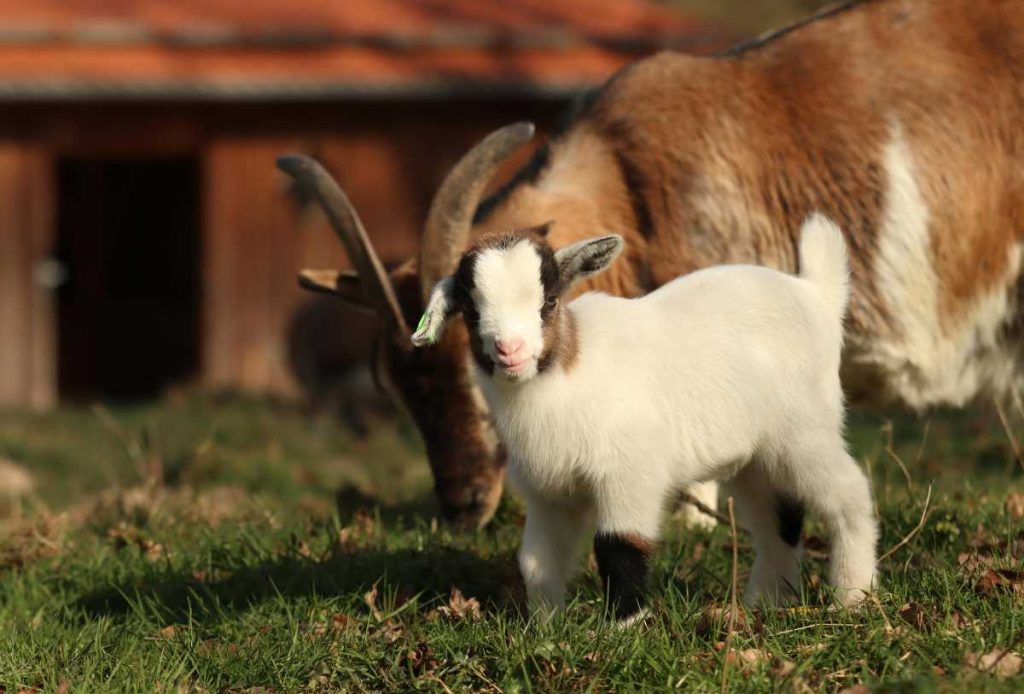
Stage 1: Early Labor
- Observation: This stage can last from a few hours to over a day. Keep an eye on the doe, but give her space to move about.
- Stay Calm: Your presence should be reassuring, but avoid startling her. Offer gentle encouragement if she seems anxious.
Stage 2: Delivery
- Check for Progress: Once you see the doe straining, it’s time to monitor closely. If you notice that the doe is pushing but no kids are visible after 30 minutes, you may need to intervene.
- Assistance with Presentation: Ideally, the first kid should present with its front feet and head coming out first. If the presentation is abnormal (e.g., back feet first or breech), you may need to help reposition the kid. In this case, wearing gloves and applying a lubricant can help you gently assist.
- Use Towels: Once the kid’s head is visible, use clean towels to help pull it out gently while the doe is pushing. Be careful not to pull too hard, as this can cause injury to both the doe and the kid.
Stage 3: Afterbirth
- Check the Kids: Once the kids are born, check to ensure they are breathing and moving. If a kid appears to be struggling, gently rub it with a towel to stimulate breathing.
- Colostrum Intake: Ensure the kids start nursing within the first few hours, as colostrum is crucial for their immunity.
- Monitor the Doe: After giving birth, the doe will deliver the placenta, usually within a few hours. Make sure she expels it completely, as retained placenta can lead to infections.
Post-Kidding Care
- Provide Nutrition: After kidding, the doe will need extra nutrition to recover. Offer high-quality hay, fresh water, and a balanced feed.
- Watch for Complications: Monitor the doe for any signs of distress, such as difficulty walking, excessive bleeding, or signs of infection. If any concerns arise, contact your veterinarian immediately.
- Check the Kids: Ensure that the kids are nursing well and that they are warm and dry. If it’s cold, provide a heat lamp or additional bedding to keep them warm.
Conclusion
Helping a goat give birth can be a rewarding experience, but it’s essential to be well-prepared and knowledgeable about the process. By understanding the stages of labor, recognizing the signs of impending kidding, and knowing how to assist, you can ensure a safe and successful birth for both the doe and her kids. With a bit of patience and care, you’ll be able to enjoy the miraculous moment of new life on your farm! Remember, if you’re ever unsure or if complications arise, don’t hesitate to reach out to a veterinarian for assistance. Happy kidding!

